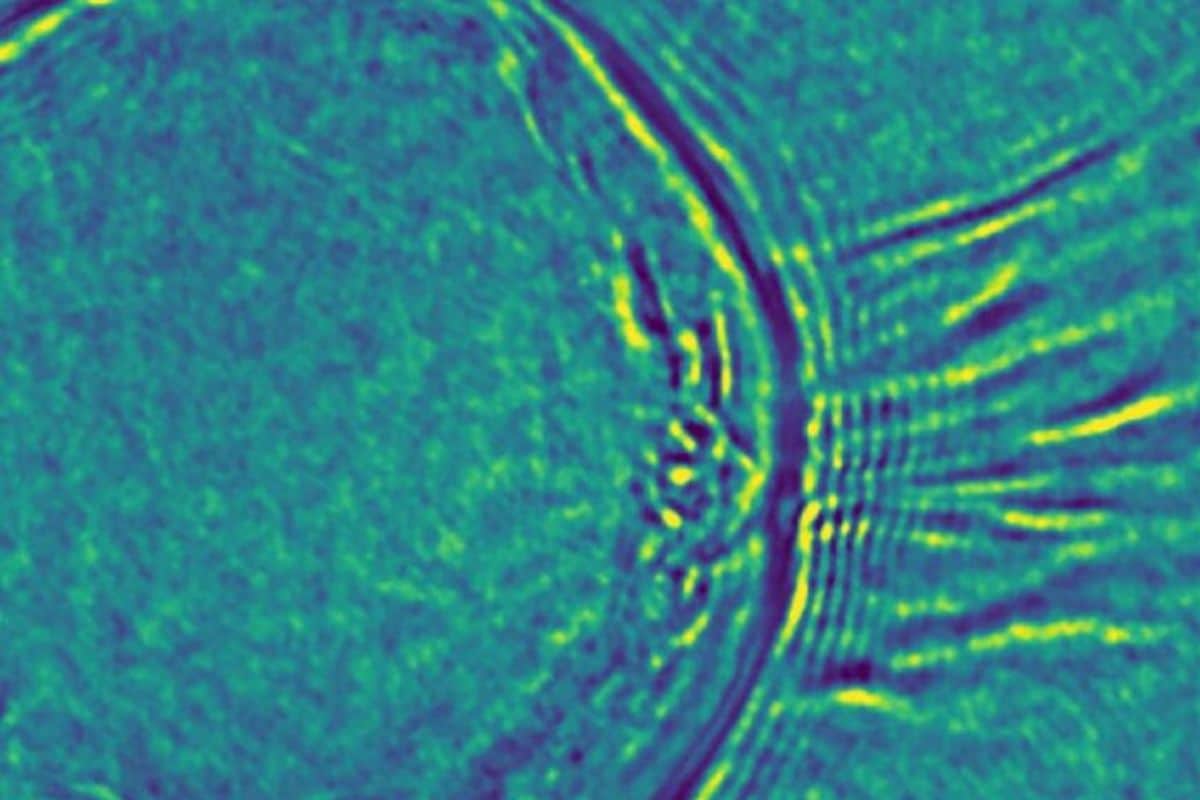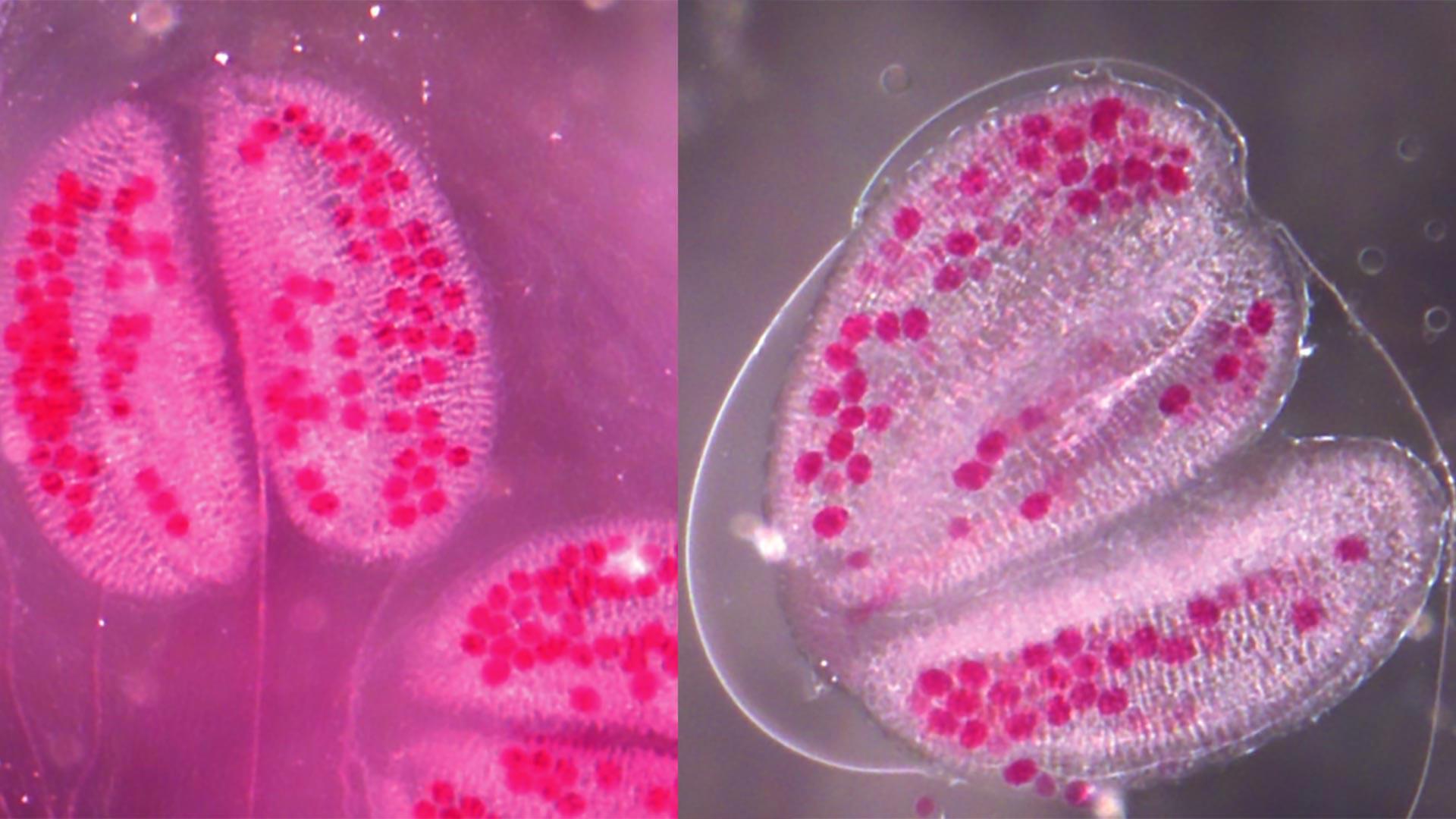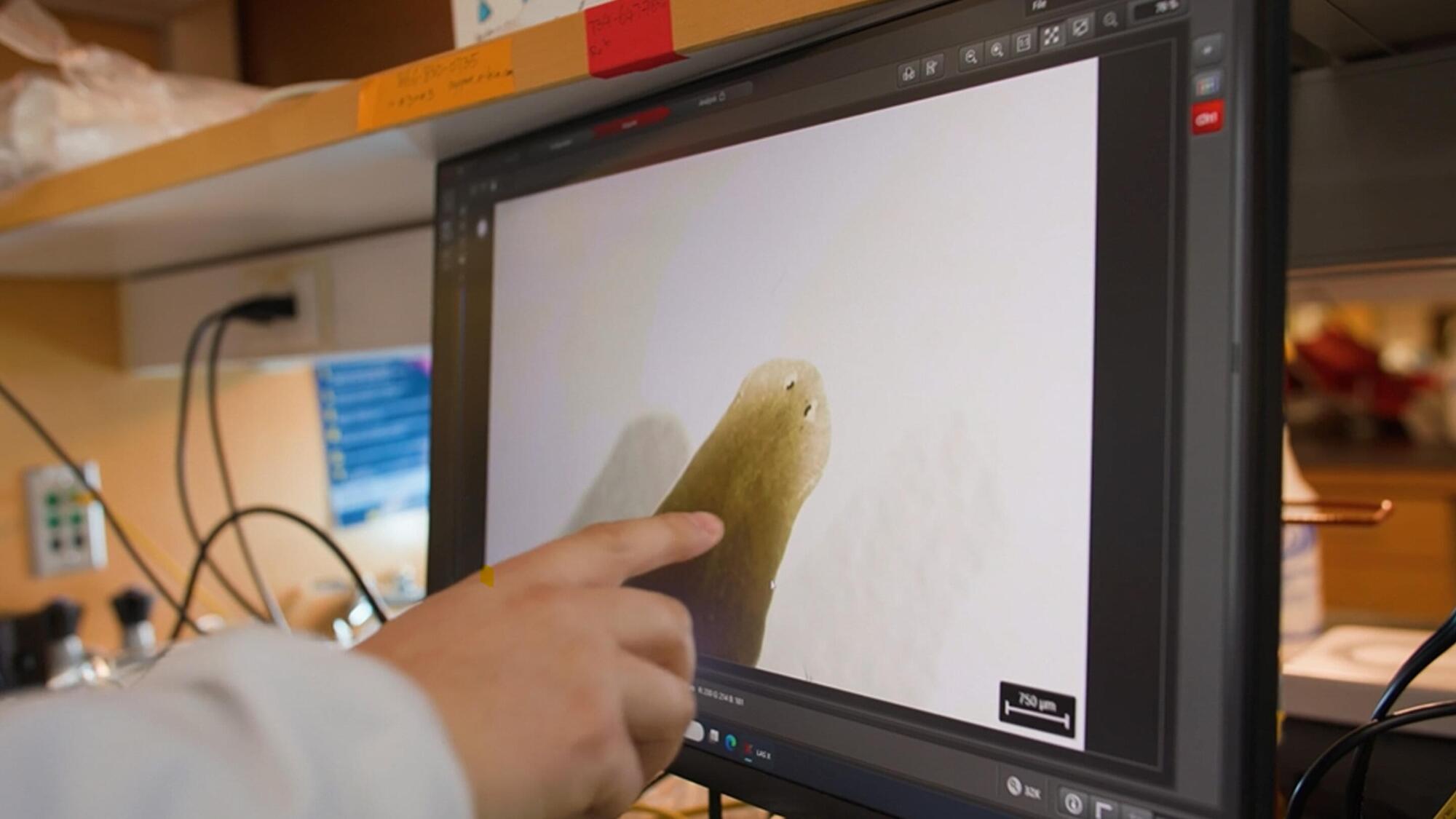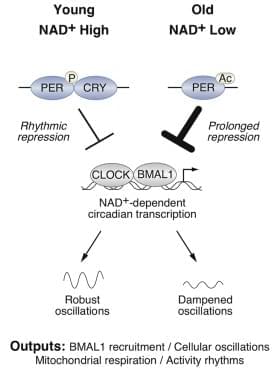For the first time, scientists have captured a stunning image of plasma’s “spaghetti-like” instability, revealing a phenomenon that could reshape our understanding of energy and fusion.
Scientists found that pseudouridine helps small RNAs pass on traits and avoid immune detection, offering clues for future RNA-based treatments and how the body tells “self” from “nonself.” Not everything inside us is, strictly speaking, part of us. The closer we examine the genome, the more we co
The Moon may hold a secret that could transform human space exploration. Find out how the discovery of water ice could make long-term lunar habitation a reality.
Your daily habits may influence more than just your physical health—they could shape how you plan, monitor, and reflect on your own thinking, according to a new study in PLOS One.
As you age you naturally lose neurons and muscle mass and experience a decline in fertility and wound healing ability. Previous research in animals has offered several potential techniques for turning back the biological clock in specific tissues, including exercise and calorie restriction. However, age reversal of blood cells or at whole organism level has so far been elusive.
Facing a growing uranium demand fueled by expanding nuclear energy, China is turning to the vast reserves hidden in its oceans.
Take your personal data back with Incogni! Use my code INTECH at the link below and get 60% off an annual plan: http://incogni.com/intechTimestamps:00:00 — N…
Discover how CERN’s research into quantum fields could revolutionize our understanding of gravity! This deep dive explores the theoretical possibilities of manipulating quantum fields and their potential connection to gravitational forces. From Einstein’s predictions to cutting-edge experiments at the Large Hadron Collider, we examine what’s really happening at the frontier of physics research.
Learn how quantum gravity research could potentially transform:
Space travel and propulsion systems 🚀
Revolutionary energy production ⚡
Medical applications and treatments 🏥
Japanese researchers are making groundbreaking discoveries on the mechanisms of aging and working to apply them. As we age, senescent cells, or aged cells that have stopped dividing, accumulate, causing inflammation that can damage blood vessels and organs. Animal experiments have shown that removing these cells improves kidney function and reduces arteriosclerosis. They have led to the identification of a drug and development of a vaccine to eliminate the cells.
Disrupted sleep-wake and molecular circadian rhythms are a feature of aging associated with metabolic disease and reduced levels of NAD+, yet whether changes in nucleotide metabolism control circadian behavioral and genomic rhythms remains unknown. Here, we reveal that supplementation with the NAD + precursor nicotinamide riboside (NR) markedly reprograms metabolic and stress-response pathways that decline with aging through inhibition of the clock repressor PER2. NR enhances BMAL1 chromatin binding genome-wide through PER2 K680 deacetylation, which in turn primes PER2 phosphorylation within a domain that controls nuclear transport and stability and that is mutated in human advanced sleep phase syndrome.









